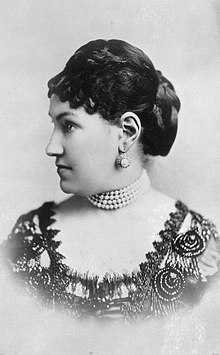Last fall we posted a
blog about historic mattresses and another
blog about the hair picker used to fluff the horsehair used in mattresses. We now follow up with this blog about the historic mattresses in Staatsburgh's collections. Thank you to our summer intern, Bethany Zulick from Bard College, for researching and writing about mattresses!
***************************************
Back in the 1980’s the staff at Staatsburgh encountered a problem with the collection: mattresses. With over forty bedrooms, the historic mansion was left with quite a few historic specimens in storage. But they posed quite a fire hazard, being that they were stuffed with flammable materials like horsehair. Also, the stuffing of the mattresses drew carpet beetles and other pests like nobody’s business, making them unsanitary and creating a poor environment for storing historic collections...
What could be done? After all, these mattresses were historic artifacts and couldn’t be simply tossed out. When Gladys Mills-Phipps donated Staatsburgh to the State of New York in 1938 she included the contents of the home, allowing visitors to appreciate the mansion as it would have been when her family occupied it. So, although unhygienic and hazardous, the mattresses were still precious in some respect. The solution to this conundrum was to take a sample from each mattress to preserve while discarding the remainder. Our own Marilyn Holst, who has worked dutifully at Staatsburgh for nearly thirty years, was a part of this operation. In fact, it was her very first day on the job.







.JPG)

